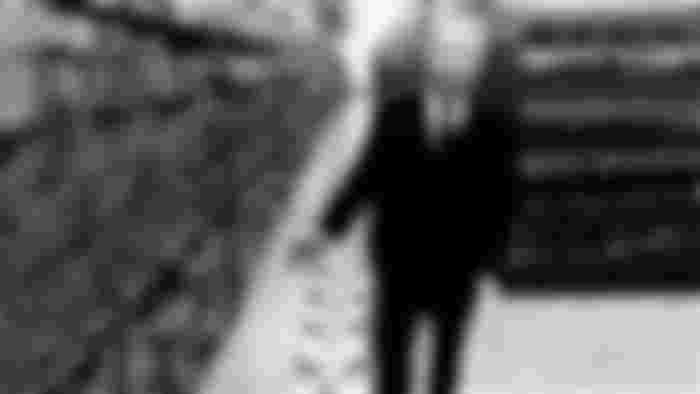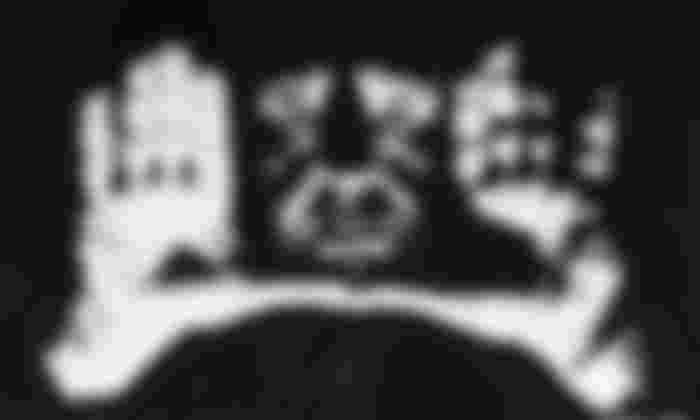(The Library: Article)
It is my pleasure to present to you the realisation of Alfred Hitchcock, which is aptly titled: Alfred Hitchcock Presents.
Because in this anthology, Alfred Hitchcock did present. And he presented well. What he presented is not all that important, ironically. How he presented it was unique. He did so for the TV anthology that aired from 1955 to 1965 and was then broadcast again and again across the world in the years that followed.
This article is not a review and as such, do not expect the usual Pros and Cons. Instead, it is more fitting to look at the realisations surrounding the prolific filmmaker before we delve into Alfred Hitchcock Presents itself. And yes, since he did present his shows by using the show itself, he immortalised the content by making it self-referential.

The Man
The Master of Suspense, as he is known, was born in London in 1899. He became an American citizen later in his life and he spent it directing, producing and writing screenplays. He is very influential and deserve the title that is often attributed to him. His unique style and mannerisms are well known and immediately recognisable.
What, for me, sets him apart so much, is the fact that he presented the Alfred Hitchcock series by acting his small part which consisted of playing himself.
Obviously, another factor is that his productions almost always involve a murder of some kind. There is mystery, suspense, drama, good acting and good music - fitting of the times.

By his own admission, Hitchcock liked to play with his audience. This is part of the appeal as many people enjoying a movie want to be taken for a ride into imaginary worlds and feelings and situations.
He is also remembered as a somewhat slow director, who took time to shoot in chronological order, against the more common methodology used at the time in Hollywood. Also, his tendency to make multiple takes and to take different views of a single scene made the process longer and more costly. The results however cannot be overlooked. An artist's methods are unique and so are the results.
Alfred once admitted on TV having been traumatised by his mother: "I think my mother scared me when I was 3 months old. You see, she said BOO."
The presence of death and murder are also generously used in the small presentation section and Alfred finds himself very often facing deadly threats, which the audience knows to be fake. By presenting himself in such a portrayal which requires an amused suspension of disbelief, he sets the stage for the more serious play that is to come: his production (or co-direction)! The audience have already suspended their disbelief and all is set for the play to begin.
And by doing that we enter his world and observe various stories and intrigues of every day life that we don't see everyday. It is within each shot and within all the small details that the director is recognisable. This view is well expressed by film critic Robin Wood:
"...is there in the method, in the progression from shot to shot. A Hitchcock film is an organism, with the whole implied in every detail and every detail related to the whole." --Robin Wood, on the meaning of a Hitchcock film

The Movies
I must mention the filmography of Alfred Hitchcock because this is one of his greatest accomplishments. A career that he began in the film industry in 1919 saw him direct his first directional debut with the German production: The Pleasure Garden (1925).
He won many awards and/or nominations and even had movies realised about him, such as the 2012 title by his name (Hitchcock, directed by Sacha Gervasi).

He realised and directed 54 films of which 11 were about mistaken identities. His movies often featured some of the most in demand blonde actresses of the time, as well as some of the most attractive male actors. Many of those blondes had central roles to play, sometimes as victims but also often as guilty or deviant in some form from the accepted norms of society.
He made 40 cameo appearances in his 54 surviving films, which is to say, not counting other material, such as the series "Alfred Hitchcock Presents". More on that below.
Some of his best known movies are:
Vertigo (1958)
Psycho (1960)
The Birds (1963)
Marnie (1964)
Torn Curtain (1966)
Topaz (1969)
Dial M for Murder (1954)
To Catch a Thief (1955)
I don't want to get in the details of the movies themselves as there is something to be said for each one of them. Each is a piece of art. I have not seen all of them but I did see the ones mentioned above (except The Pleasure Garden (1925)).
Also, I recommend watching the 2012 movie with actress Scarlett Johansson as I did enjoy it.
Check his entire filmography here.
"My suspense work comes out of creating nightmares for the audience. And I play with an audience. I make them gasp and surprise them and shock them. When you have a nightmare, it's awfully vivid if you're dreaming that you're being led to the electric chair. Then you're as happy as can be when you wake up because you're relieved." --Alfred Hitchcock
The Series

In Alfred Hitchcock Presents, we got to see the best of the director, I think. Even if it was renamed to The Alfred Hitchcock Hour, in 1962, it regained its original title, which is more fitting. But the length of the episodes did grow. The first ones were 25 minutes and the later ones, after the renaming were 50 minutes in length.
It is an anthology so each episode features a new director, a new cast of actors, some of which made multiple appearances in different roles and different sets.
I highly enjoyed the anthology and the overall quality of the plays, the actors and the ensemble which all fit together to provide quality entertainment. I did not particularly notice which episodes were directed by Hitchcock himself but that is partly the point of the series: to blend in his original directing with that of other talented directors.
I also remember being at a friend's house and we looked at what was playing on TV and it was a black and white program and my friend said it maybe was Alfred Hitchcock. I sat down and started watching. Within two minutes, I was convinced that my friend was right. Someone had just been murdered by strangulation and when the horrible happened, the camera panned sideways with ominous music playing louder and fading to dark! That was a typical episode of the "Alfred Hitchcock Presents" show and that is why I recognised it immediately.
Hitchcock himself directed only eighteen of those episodes. All episodes however, fall within the same category and fitting themes. Murder, mystery, theft, intrigue, conspiracies... everything to provide a good dose of entertainment.

Even if the bad guys sometimes won in the end, Hitchcock would often reassure the audience about the negative outcomes that followed for those characters.
He closed the shows with a second small cameo and that is when he would "tie loose ends" on the morality side as explained above. His remarks to close the show only gave you a taste for more and by repeating this pattern, Alfred Hitchcock managed to use judicious repetitions to create an expectation in his audience.
There were a total of 268 episodes and for the latter part, 93 episodes and some were remade and included original material also. The newer versions still included the presentation by Hitchcock but with colorized footage. The newer versions are probably what got me to be interested in the first place. They were aired in 1985 by NBC in North America.
A famous episode that I can remember was "The Man from the South", in which a rich man suggests to another gambling his finger for riches if he can light a lighter ten times in a row without failing. The segment was remade more recently by Quentin Tarantino is Four Rooms (1995).
"That was amusing wasn't it? But please don't get the idea that was mere entertainment. All our stories attempt to point a little moral such as crime does not pay, a customer is always right, early to bed, early to rise, slow and sure wins the race.
Virtue is rewarded or punished, depending on the story. I'm not sure what a Bullet for Baldwin proves. But you may have your choice in the morals I mentioned. One is bound to fit." -- Alfred Hitchcock (A Bullet for Baldwin episode conclusion)
Coming Up Next
Next, after discussing Superheroes such as Superman and talking about Alfred, it is time to visit another critical pillar of imagination: Batman. Subscribe here so you don't miss out. Thanks for reading!

Resources:







I've seen some of his films, like "Vertigo", "Psycho", "The Birds"; and there's another one that's about a couple of friends who execute a murder and decide to hide the body when the party guests arrive. I don't remember the name.